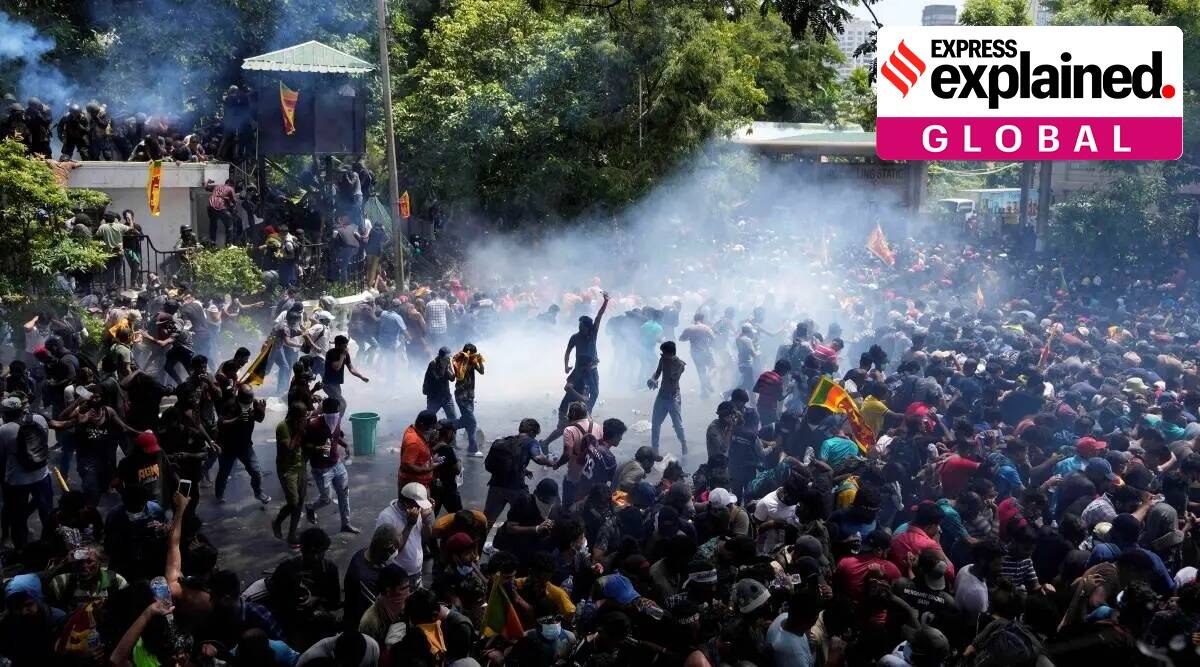Free Courses Sale ends Soon, Get It Now


Free Courses Sale ends Soon, Get It Now



Copyright infringement is not intended
Context: Aragalaya, the Sinhalese word for “struggle”, is being used widely to describe the daily gathering of people at Colombo’s Galle Face Green that began with the demand that Gotabaya resign as President and make way for a new dispensation, even “a new system”
A summary of the Sri Lankan crisis
The Crisis's Possible Causes
Olive Branch to Sri Lanka
How is it an opportunity for India?
What is the way forward?
https://indianexpress.com/article/explained/aragalaya-this-word-means-struggle-sri-lanka-gotabaya-rajapaksa-8039897/
© 2024 iasgyan. All right reserved